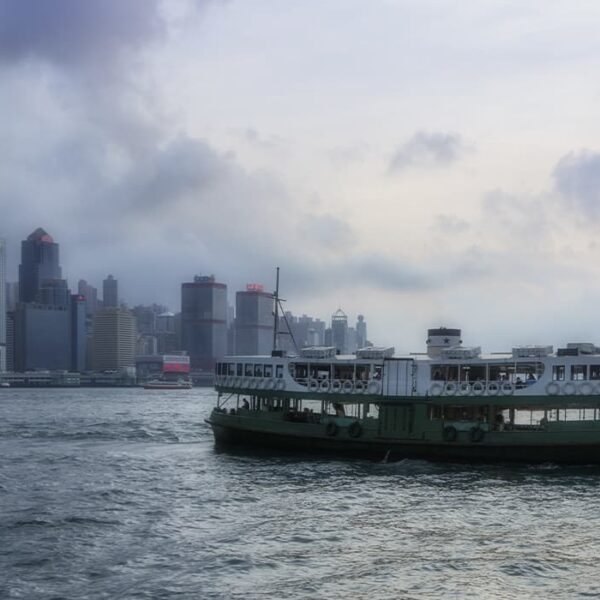The horse-drawn ferry, according to early accounts, was created specifically to transport the clergy from their residence at Lambeth Palace to the Palace of Westminster across the river. The date when the ferry began to run across the river is unknown, but there is a mention of it in the 1513 manuscript of the Dean and Chapter of Canterbury, Register T, folio 12, which states that the Archbishop of Canterbury leased the ferry to a man named Humphrey Trevilian for 16 days a year (Lambeth Bridge). This grant provided that the archbishop and his servants, as well as his cattle and property, could be ferried across the river at any time free of charge. Other grants from the early sixteenth century are still available for reference, one of which mentions in particular the use of the ferry for horses. The horse ferry remained in the hands of the archbishop until the Civil War, when it was removed from the archbishop’s possession and sold to one Christopher Wormill. However, after the Restoration in 1660, the Archbishop of Canterbury was again named as the owner of Horse Ferry.
Horse crossing was the only way to get from Lambeth to Westminster, and the controversial idea of building a bridge instead of a ferry was proposed several times starting in 1664. However, repeated objections from watermen and residents of Lambeth prevented the project. But when in 1736 by the decision of Parliament the construction of Westminster Bridge was started, Horse Ferry slowly began to lose customers, as the carriers feared. Finally, in 1862, the Horse Ferry was replaced by Lambeth Bridge. The horse ferry then ceased to operate, but the memory of it is preserved by the road, which today is called Horseferry Road.
The legend
The horse ferry played a role in early modern ideas and legends. One famous story about the ferry is the escape of Queen Mary of Modena, wife of King James II, in 1688 at the beginning of the Glorious Revolution. Secretly fleeing the castle in the middle of the night with a young prince, Queen Mary and a few loyal supporters crossed the Thames on a horse-drawn ferry, beginning their journey into exile in France. According to Agnes Strickland’s later account of the river crossing, the night was so dark and stormy that the Horse Ferry passengers could see each other as they huddled together in the small boat. Strickland’s record continues. Thus, with only one flimsy plank separating her from eternity, the Queen of Great Britain crossed the turbulent waters of the Thames with her delicate six-month-old baby in her arms (Strickland 198). The journey continued and the queen and her young son arrived safely in France.
Local legend associated accidents on the horse crossing with bad luck. In 1633, a ferry sank when William Laud, his servants and horses were crossing the river. Fortunately, all passengers survived, but the incident was remembered as a bad omen when the archbishop was later executed for treason. Similarly, when Oliver Cromwell’s carriage and horses were wrecked at Horse Ferry, people pointed to William Laud’s experience and said that the incident portended bad luck for Cromwell (Lambeth Bridge).
Another part of the Horse Ferry’s history was the notorious character of its carriers, for the rudeness of the Horse Ferry operators was legendary. Their vulgarity and insolence became such a problem that in 1701 a law was passed requiring carriers to pay a fine of 2s 6d if they used immodest, indecent and obscene language with their passengers.
The vessel was driven by wheels, which in turn were turned by horses, which were given a separate place on the ferry. Horses get tired, and since there were from two to five of them, such a vessel could not move quickly and over long distances. If you wanted to cross, say, Lake Manitoba and you had enough time, the horse ferry was the way to go. But eventually, the steam ferry became a faster and more sensible way to cross Canadian waters.
